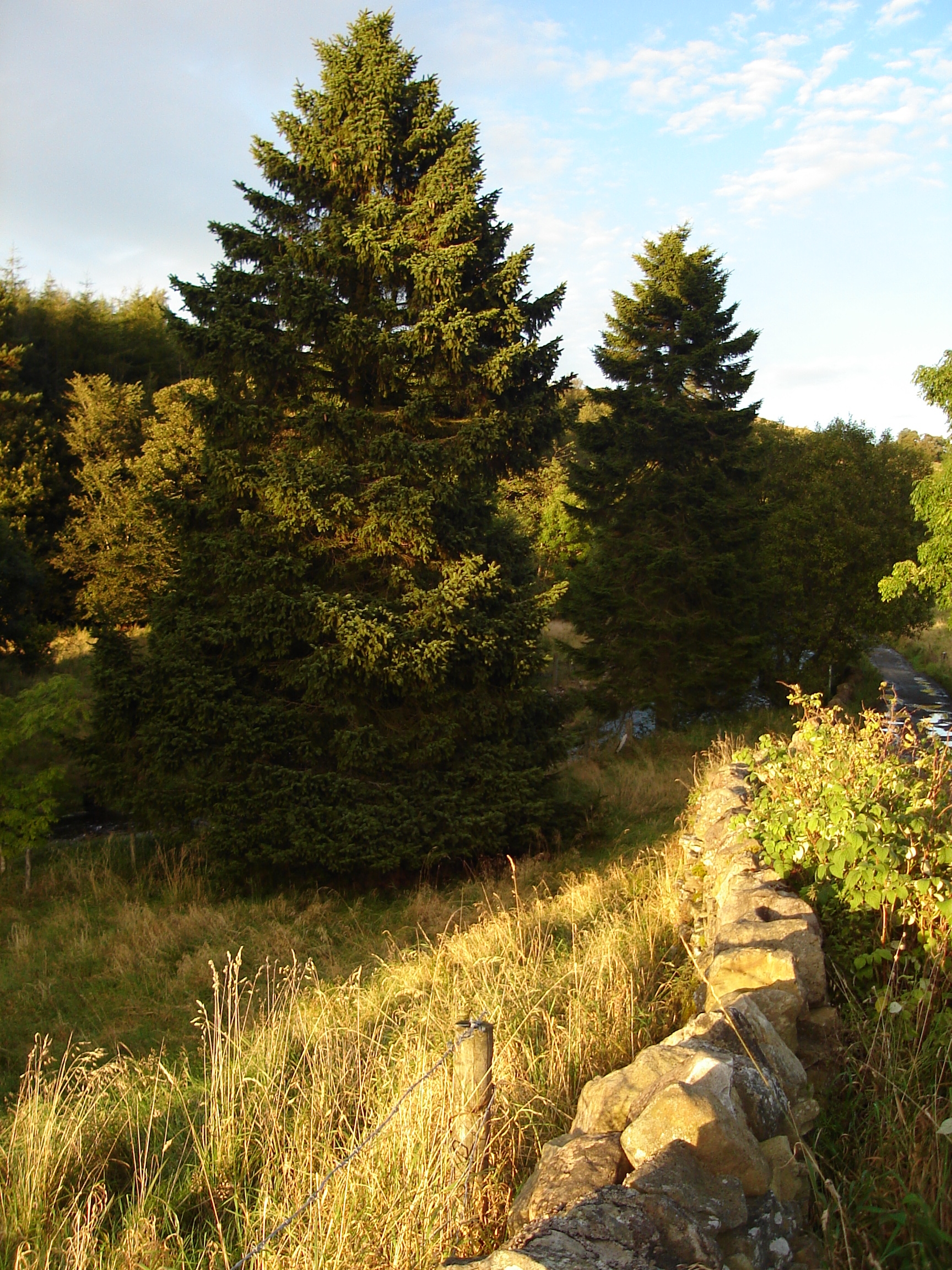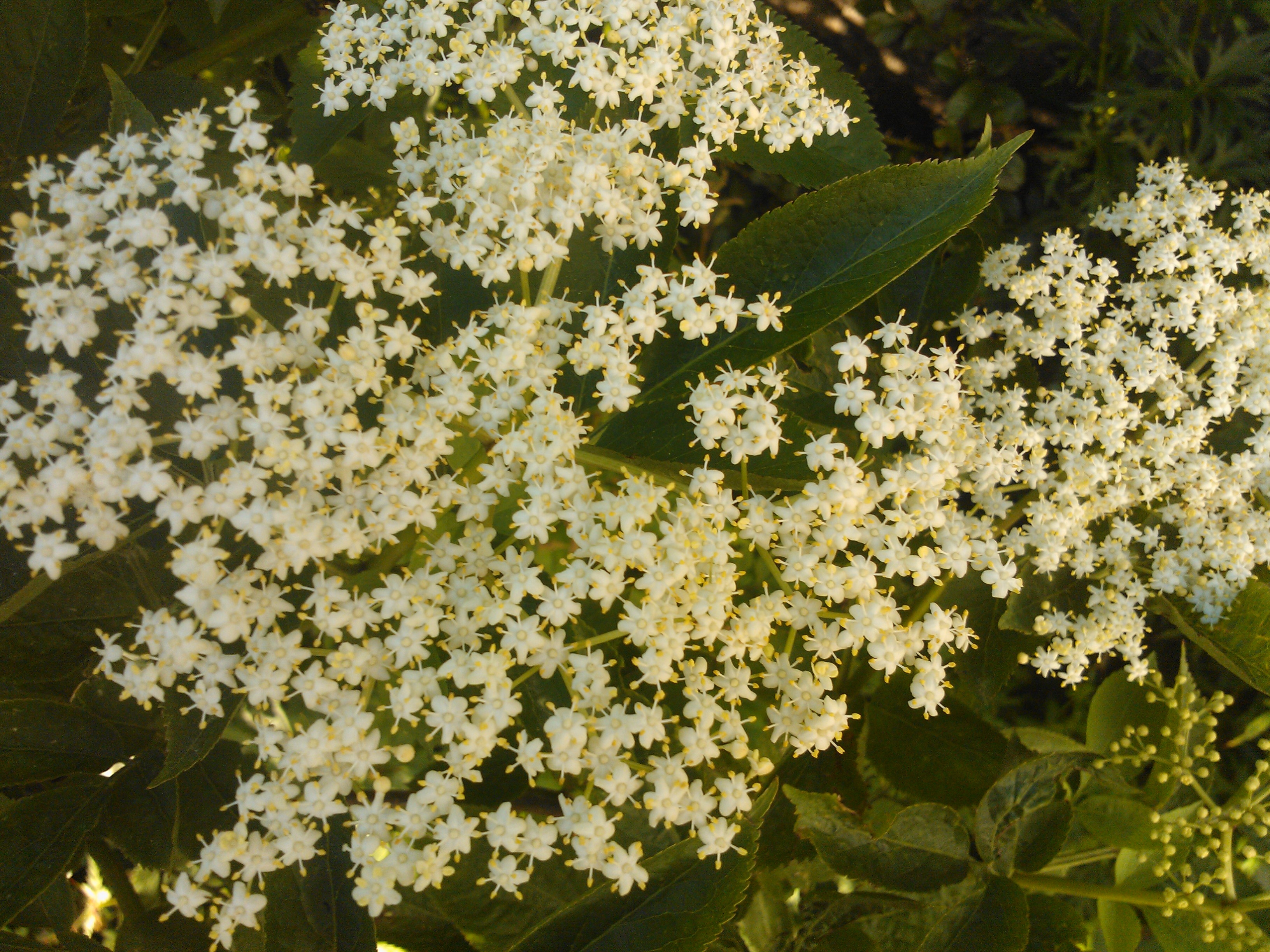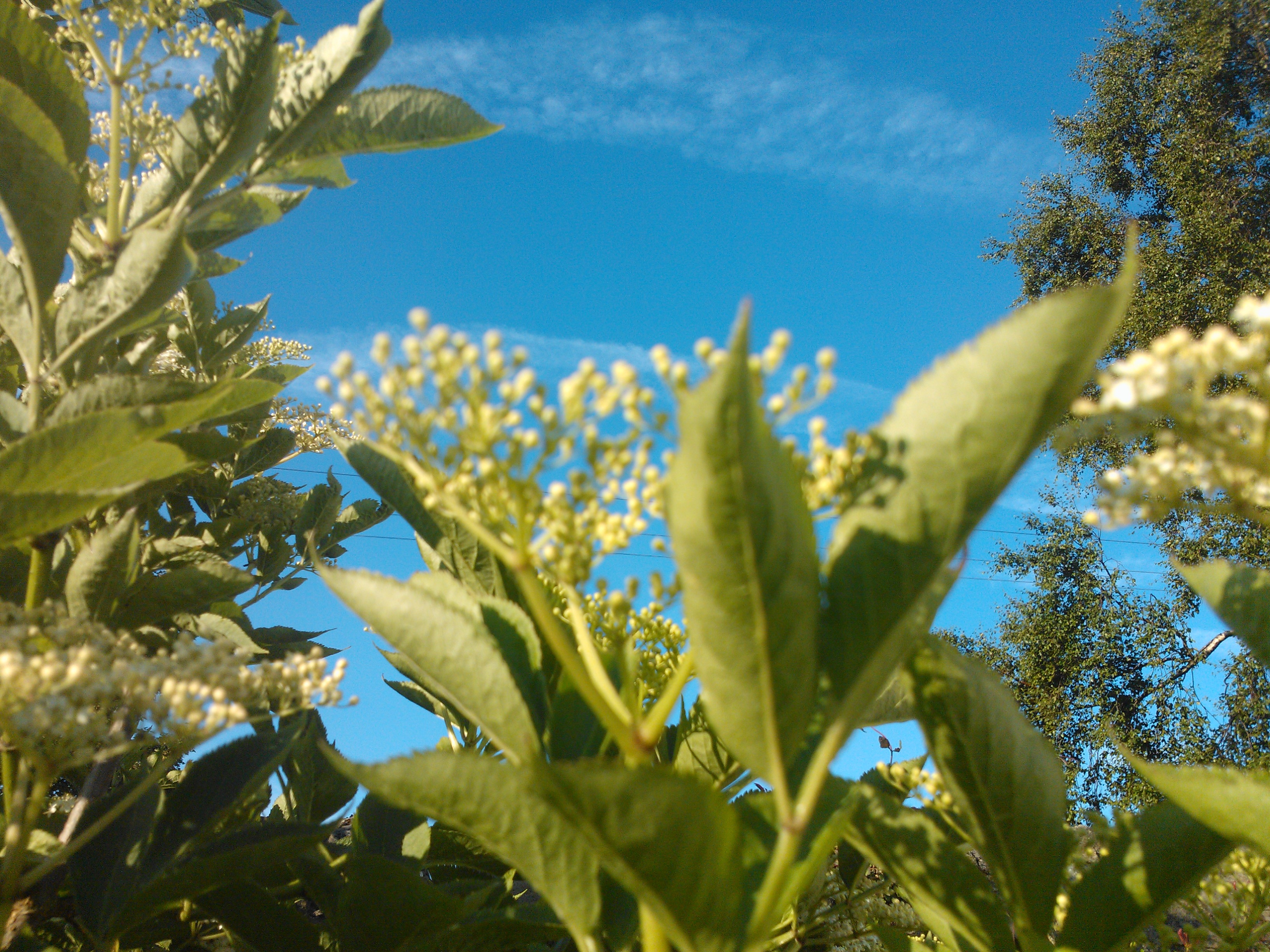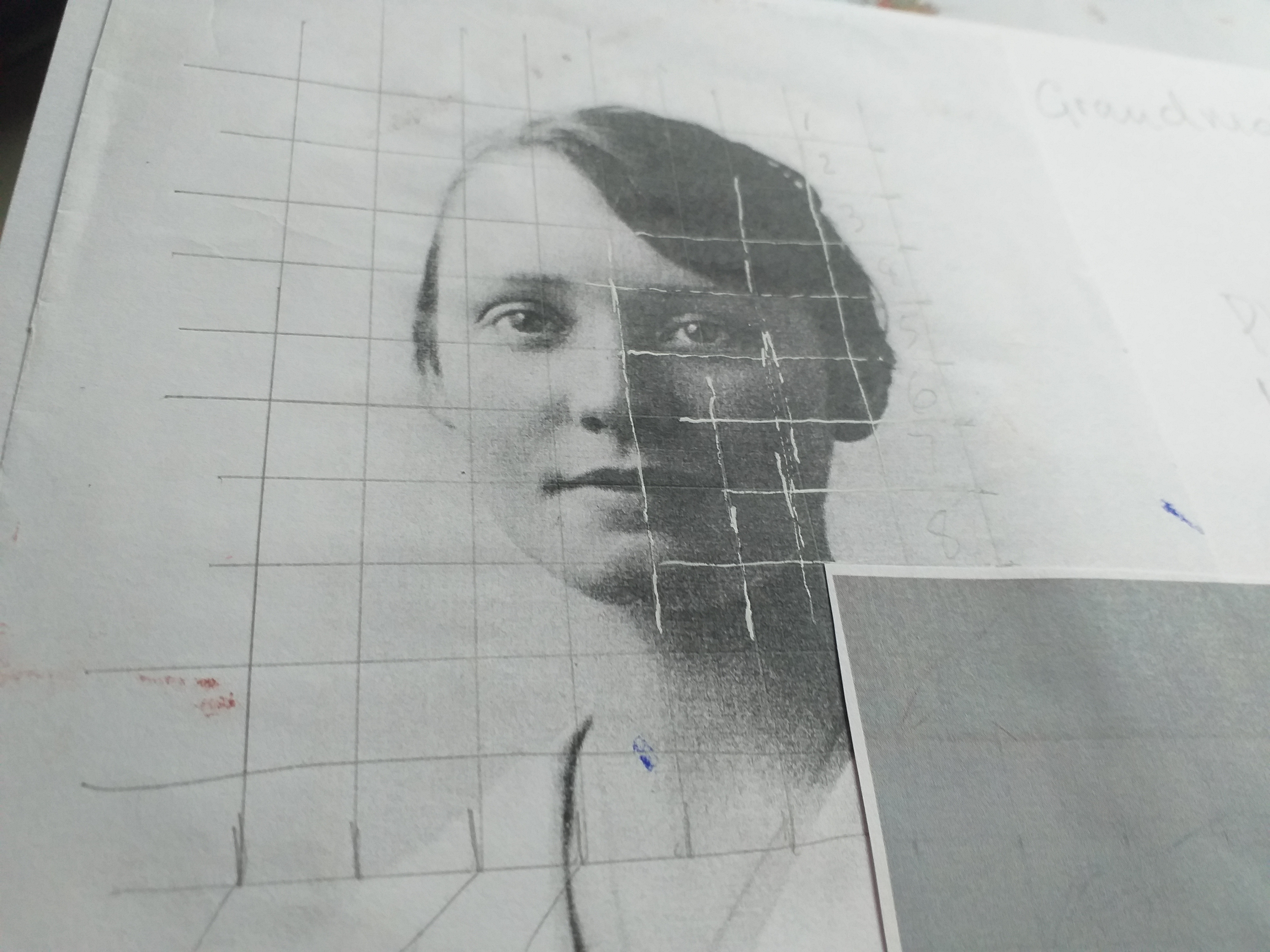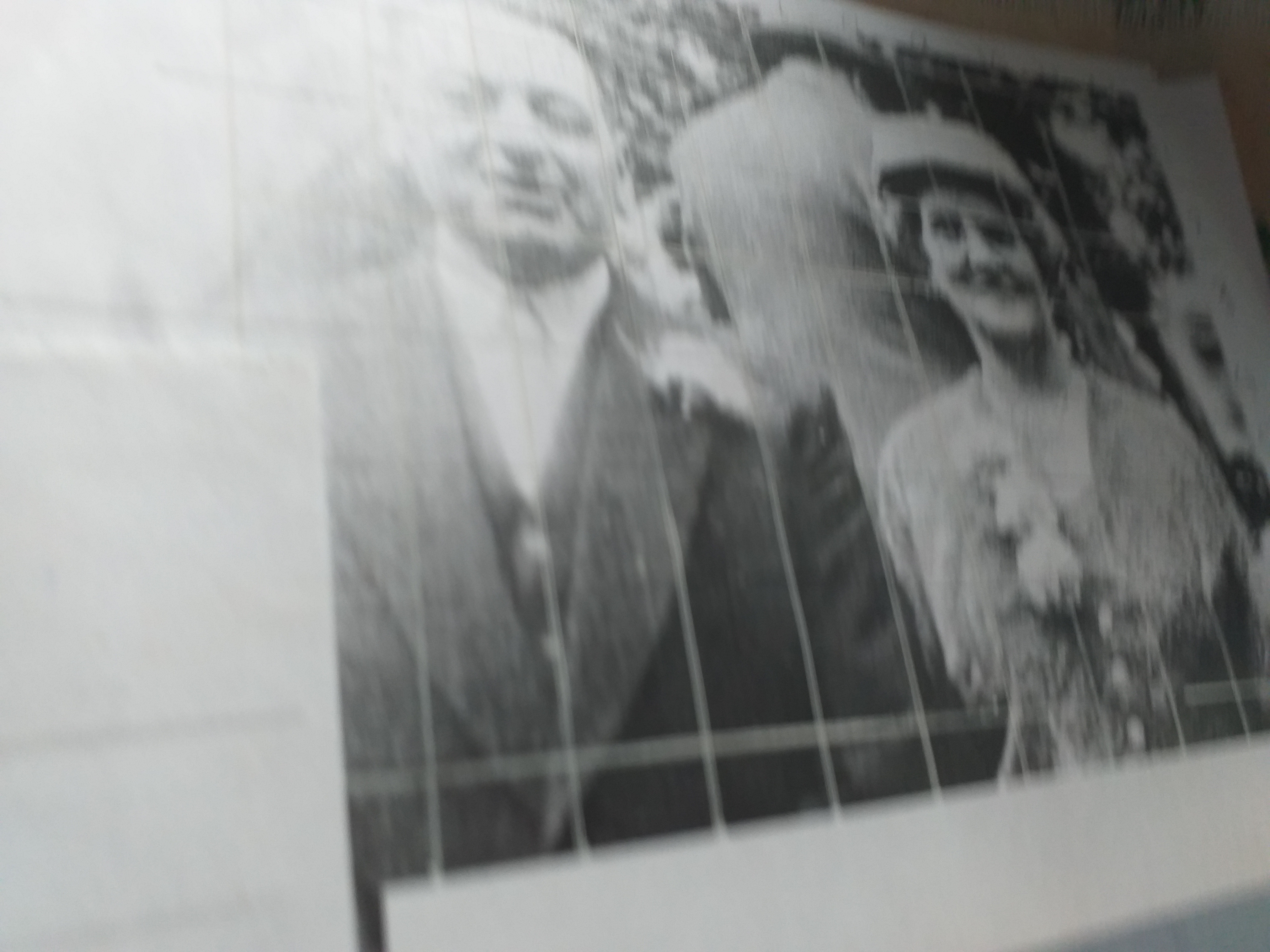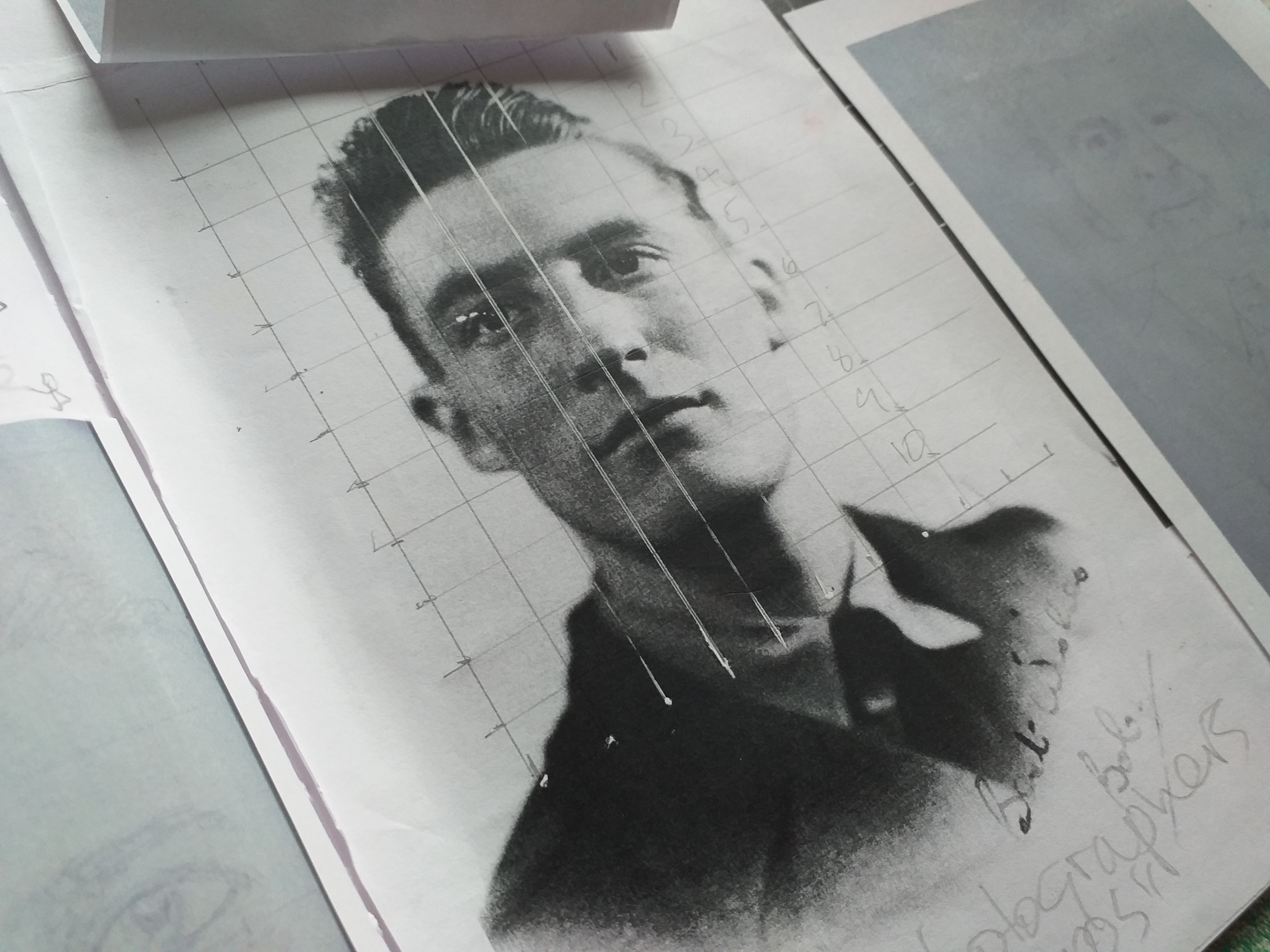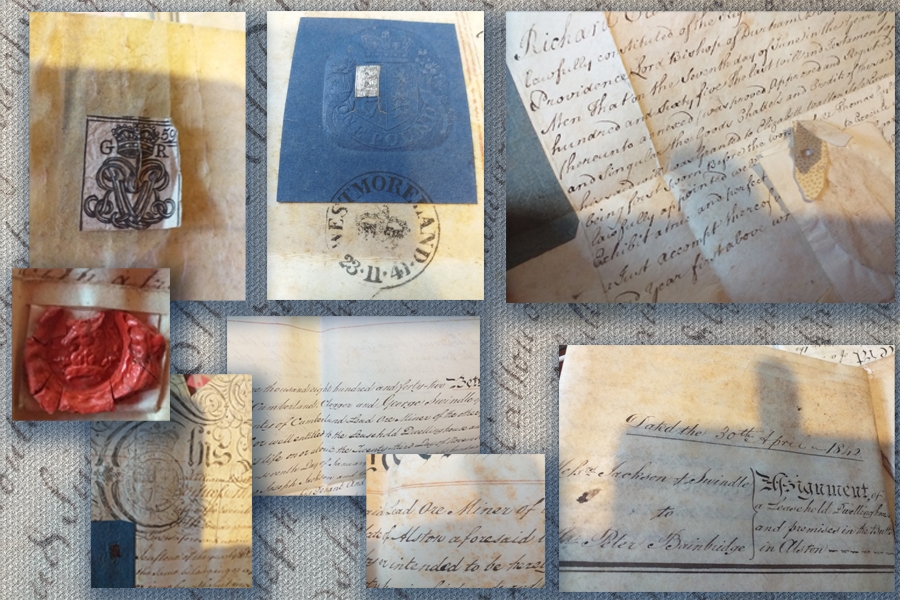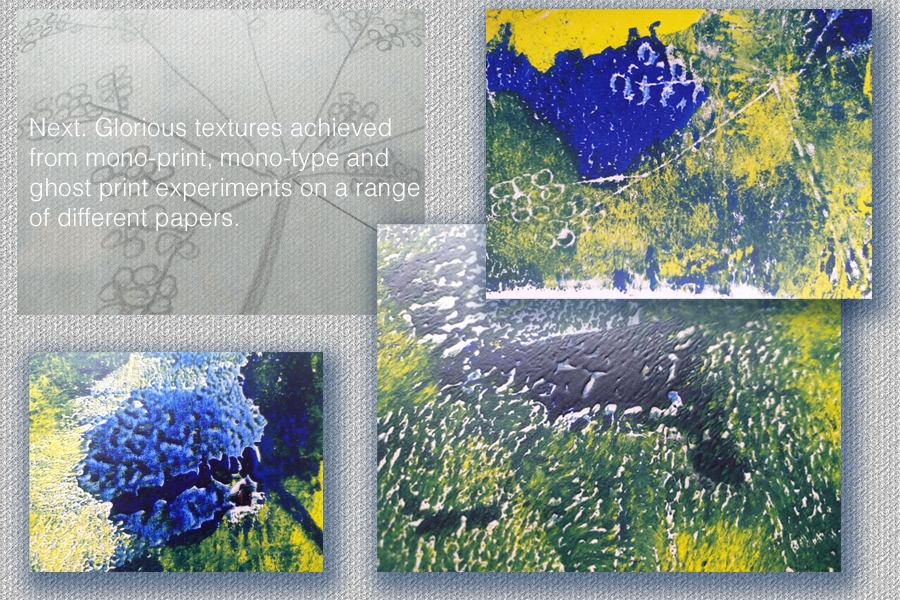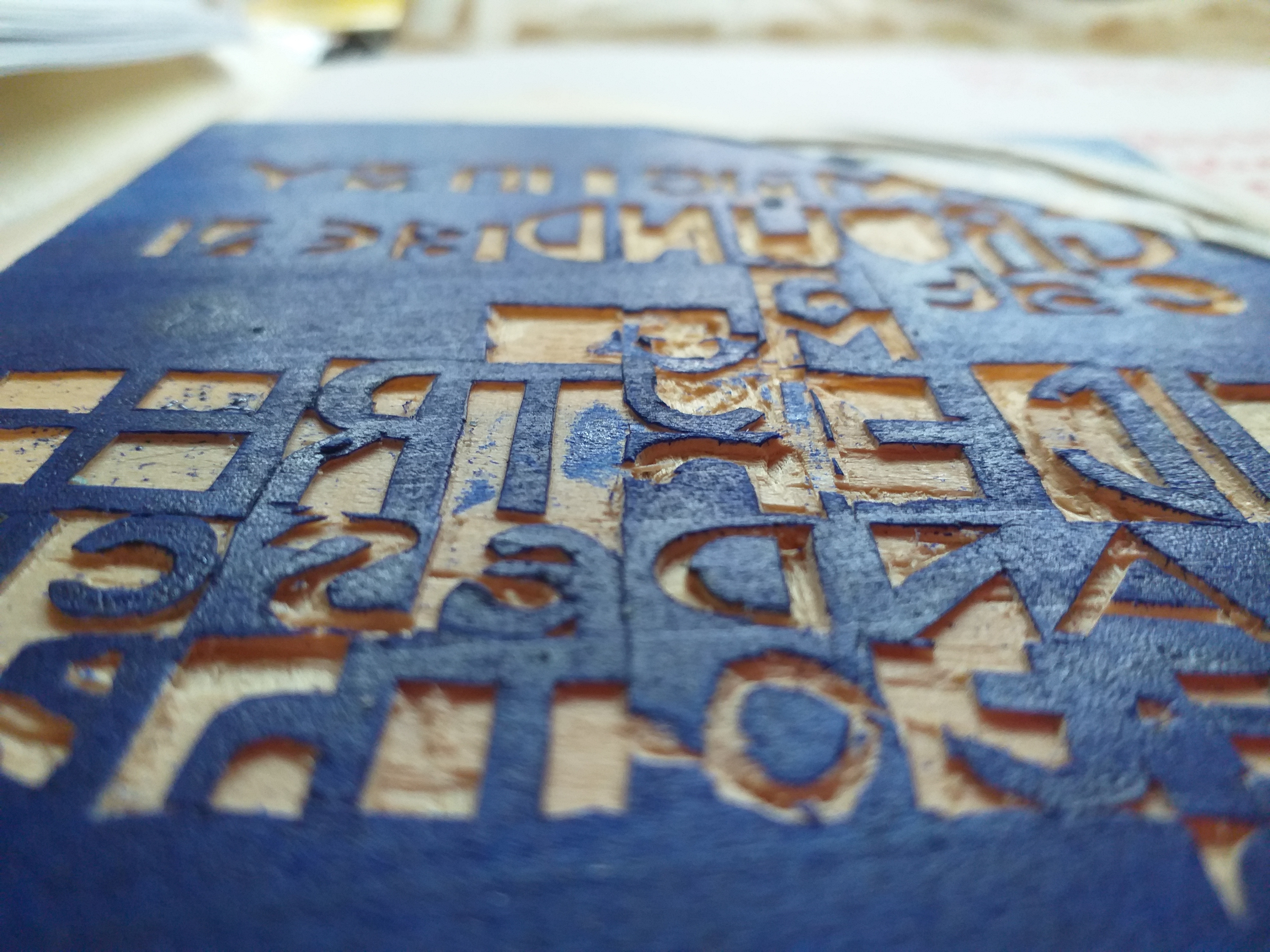I prepared a set of image files to take into workshop, material that I have decided to experiment with for my book. Since, last post, my ideas have been taking a more tangible form in my mind so I went into workshop armed with the deed scans, some images of elder flowers and berries, my poem script and some pictures of the landscape at home. The first few workshop activities were within my familiarity with Photoshop (I have used it for several years now) but I followed them through at the beginning just to find my way around the Mac environment and the CS6 version mounted there …. mine being a humble CS3 on Windows at home!
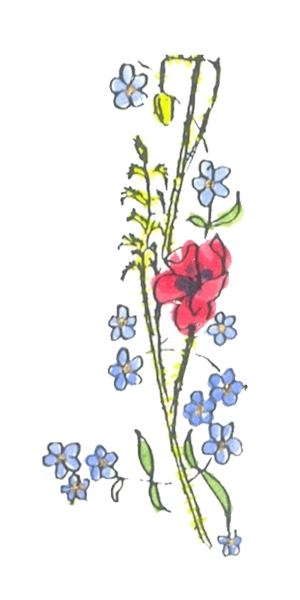
These pictures reference the themes I am including in my book. They include pictures of the landscape at mine, elders that I have grown, and a beautiful picture my husband took of the outflow of the waterfall at the bottom of our property, where it flows over the limestone. It is his favourite place. Also here is the illustration my Dad made to illustrate the poppies and blue flowers prose poem he wrote. My intention is to manipulate these images – going back to the palimpsest idea from early research to combine them with layers of text from my poem, the deed prints and text that my husband used in our orders of service when we got married – a medieval courtly love poem called The Iam Dulcis.


